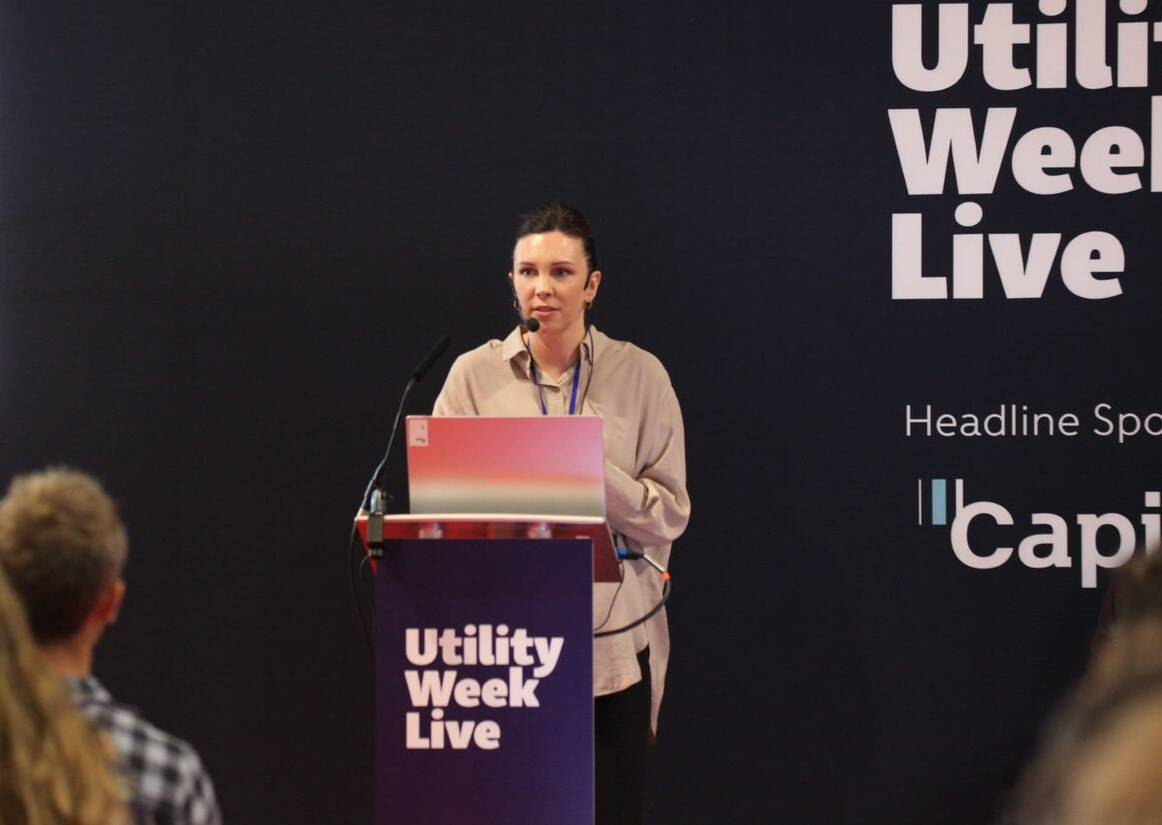You’ve reached your limit!
To continue enjoying Utility Week Innovate, brought to you in association with Utility Week Live or gain unlimited Utility Week site access choose the option that applies to you below:
Register to access Utility Week Innovate
- Get the latest insight on frontline business challenges
- Receive specialist sector newsletters to keep you informed
- Access our Utility Week Innovate content for free
- Join us in bringing collaborative innovation to life at Utility Week Live

Pan-utility experts outlined how they’ve adapted to cost and customer outcome pressures alongside changing approaches to staff engagement, productivity and happiness triggered by Covid-19.
While regulators are urging utilities to drive down operational costs across the energy and water sectors, the bar is simultaneously being raised on service delivery amid an ongoing cost of living crisis. What’s more, the Covid pandemic has forced employers across all sectors to reassess their approaches to ensuring productivity and sustaining staff satisfaction.
For utilities, this means equipping staff with new technology and training, ensuring that workers are engaged and empowered to deliver high performance, and even transforming operating models.
With this in mind, experts at Utility Week Live shed light on the steps they’ve already taken – such as rolling out automation and remote monitoring technologies, implementing data strategies to support field efficiency, boosting health and wellbeing outcomes, and adapting to post-pandemic best practice in staff engagement – in order to survive and thrive in a new-look world of work.
Social value and recruitment
 Noela Fitton, head of strategic projects at utility and infrastructure service provider Network Plus, kicked off a session on supporting productive and progressive workforces by outlining findings from the firm’s work in dissecting the core components of “social value”, and ultimately gauging which aspects of “people, place and planet” to focus on in order to attract and retain staff.
Noela Fitton, head of strategic projects at utility and infrastructure service provider Network Plus, kicked off a session on supporting productive and progressive workforces by outlining findings from the firm’s work in dissecting the core components of “social value”, and ultimately gauging which aspects of “people, place and planet” to focus on in order to attract and retain staff.
Fitton, who described social value as “an umbrella term for capturing the full net value an organisation provides to society”, revealed seven key drivers to attract staff – with salary, culture and location forming the top three, followed by brand reputation, work benefits, social value and environmental credentials.
In addition, she explained that said research had encouraged the firm to redouble its efforts to create local community, environmental and charity partnerships alongside recruitment and training opportunities for the unemployed, young and those with criminal records.
Cultural architecture
Ongoing, cross-platform, dialogue with staff has also helped establish cultural foundations at utility connections, metering and energy management firm SMS, according to chief people officer Judy Keir. “When solid foundations are laid, high performance will follow,” she told the audience at Utility Week Live.
 In close consultation with its workers, Keir explained that SMS has not only clarified the company’s central mission, vision and purpose alongside a new set of core values – spanning innovation, sustainability and customer excellence, for example – but has also created an action plan and ongoing cycle of employee feedback to steer engagement, wellbeing, equality, diversity and inclusion policies.
In close consultation with its workers, Keir explained that SMS has not only clarified the company’s central mission, vision and purpose alongside a new set of core values – spanning innovation, sustainability and customer excellence, for example – but has also created an action plan and ongoing cycle of employee feedback to steer engagement, wellbeing, equality, diversity and inclusion policies.
Central to this, she said, is providing a continuous framework for assumption-free, largely in-person, staff dialogue – such as SMS’ Employee Voice Forum – and providing regular updates on progress.
Fatigue management
Exploring strategies to optimise field operations, Shuchi Nagar, head of architecture and data at gas distribution network SGN, explained that given fatigue impacts the safety of the firm’s more than 4,000 engineers and the general public alike, proactive management using technology is “extremely important”.
 “SGN wanted to move away from manual and largely judgmental self-assessment of fatigue by the employee or their manager,” he said. “We looked outside of our sector for inspiration and then invited our technology partners for the opportunity to innovate.”
“SGN wanted to move away from manual and largely judgmental self-assessment of fatigue by the employee or their manager,” he said. “We looked outside of our sector for inspiration and then invited our technology partners for the opportunity to innovate.”
Consequently, Nagar revealed that SGN harnessed artificial intelligence and data processing to replicate systems already in place across the financial and healthcare sectors to identify employees at risk of fatigue. He explained that pattens in workload and work type history, travel records and logged hours now automatically trigger shift pattern changes and health assessments before any impacts on staff safety or effectiveness are felt.
This, he explained, has contributed to SGN exceeding its safe day target by 62% and registering no fatalities or serious accidents during the 2020-21 financial year.
Data and digital tools to enable collaboration
Helen Markides, infrastructure data and innovation lead at the Greater London Authority (GLA), added that two data sharing innovations – the National Underground Asset Register (NUAR) and Infrastructure Mapping Application (IMA) – had helped drive collaborative working for staff involved in infrastructure projects across the capital.
 “The Greater London Authority takes a data-enabled approach to infrastructure coordination, facilitating collaboration on streetworks, improving developer connections, and supporting planning for growth in London,” she said.
“The Greater London Authority takes a data-enabled approach to infrastructure coordination, facilitating collaboration on streetworks, improving developer connections, and supporting planning for growth in London,” she said.
As part of this, Markides explained that innovations such as NUAR had allowed the GLA to use data from more than 650 asset owners to facilitate greater on-site and planning efficiency, avoid utility strikes – costing an estimated £2.4 billion annually – and better co-ordinate future streetworks.
Additionally, she explained that the IMA, which currently uses around 100 different datasets to identify, plan and execute infrastructure projects, has helped deliver 10 collaborative streetworks projects to date and saved 426 days’ worth of disruption.
Visual assistance and augmented reality tech
Visual assistance platform SightCall has also empowered pan-utility workforces to deliver more efficient service though self-guided process automation and video assistance to customers via augmented reality.

Charlotte Thorpe-Costa, SightCall’s director of marketing EMEA and APAC, explained that this approach has already been deployed in the installation of smart home devices, emergency reporting and maintenance scenarios, meter readings and site assessments, and customer service operations such as usage evaluations and billing queries.
As an example, she explained that Sightcall had accelerated leakage response in the water sector by facilitating live visual support sessions with customers when a leak is reported, with agents able to capture all relevant information and diagnose the problem in real-time before engaging an engineering team for response.
In addition to yielding real-time solutions, better compliance and higher levels of customer retention – she added that the introduction of said technology also slashed the time, cost and carbon impact of staff deployment, helped avoid fines for late delivery, reduced human error and safety incidents and helped attract new talent to businesses through benefits such as reduced training time.
 Save the date! Utility Week Live 2023 will take place on 16 and 17 May 2023 at the NEC in Birmingham.
Save the date! Utility Week Live 2023 will take place on 16 and 17 May 2023 at the NEC in Birmingham.
Stay in the loop for #UWL23 ticket alerts, plus the latest industry and exhibitor news by signing up to our newsletter here




Please login or Register to leave a comment.